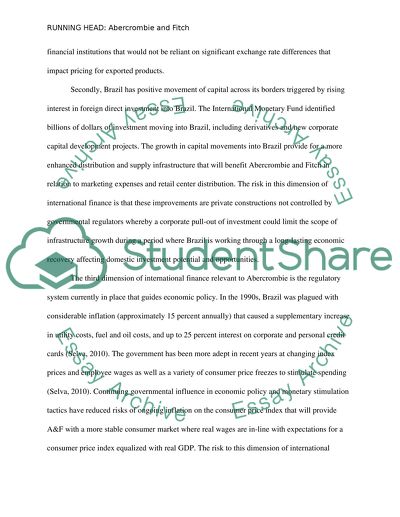Cite this document
(“Multinational Corporation Expansion Research Paper”, n.d.)
Multinational Corporation Expansion Research Paper. Retrieved from https://studentshare.org/finance-accounting/1460455-multinational-corporation-expansion
Multinational Corporation Expansion Research Paper. Retrieved from https://studentshare.org/finance-accounting/1460455-multinational-corporation-expansion
(Multinational Corporation Expansion Research Paper)
Multinational Corporation Expansion Research Paper. https://studentshare.org/finance-accounting/1460455-multinational-corporation-expansion.
Multinational Corporation Expansion Research Paper. https://studentshare.org/finance-accounting/1460455-multinational-corporation-expansion.
“Multinational Corporation Expansion Research Paper”, n.d. https://studentshare.org/finance-accounting/1460455-multinational-corporation-expansion.


